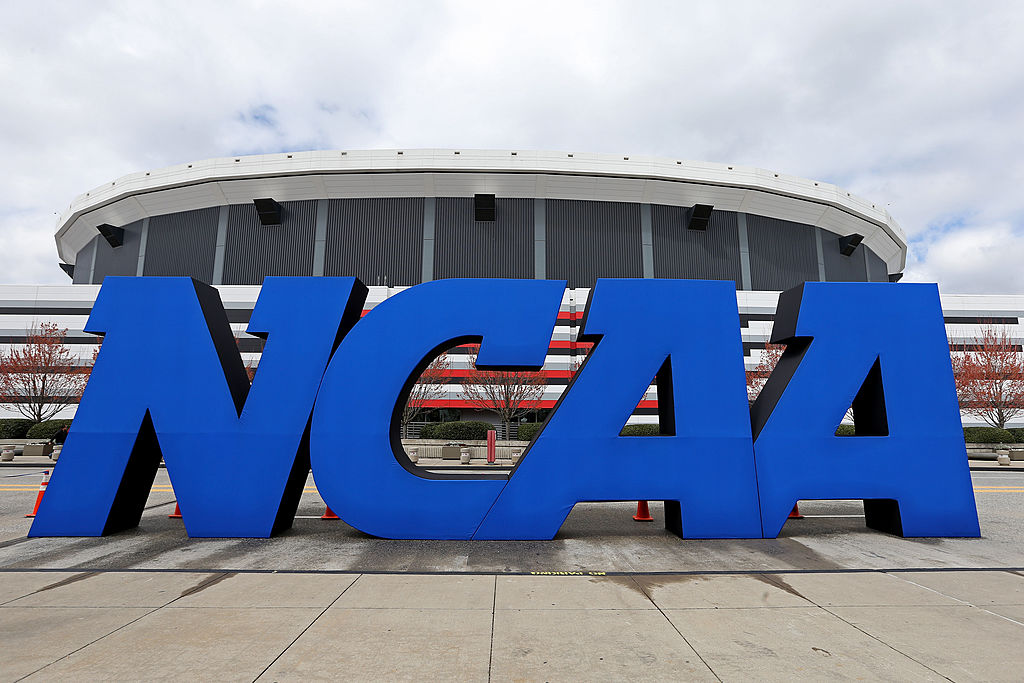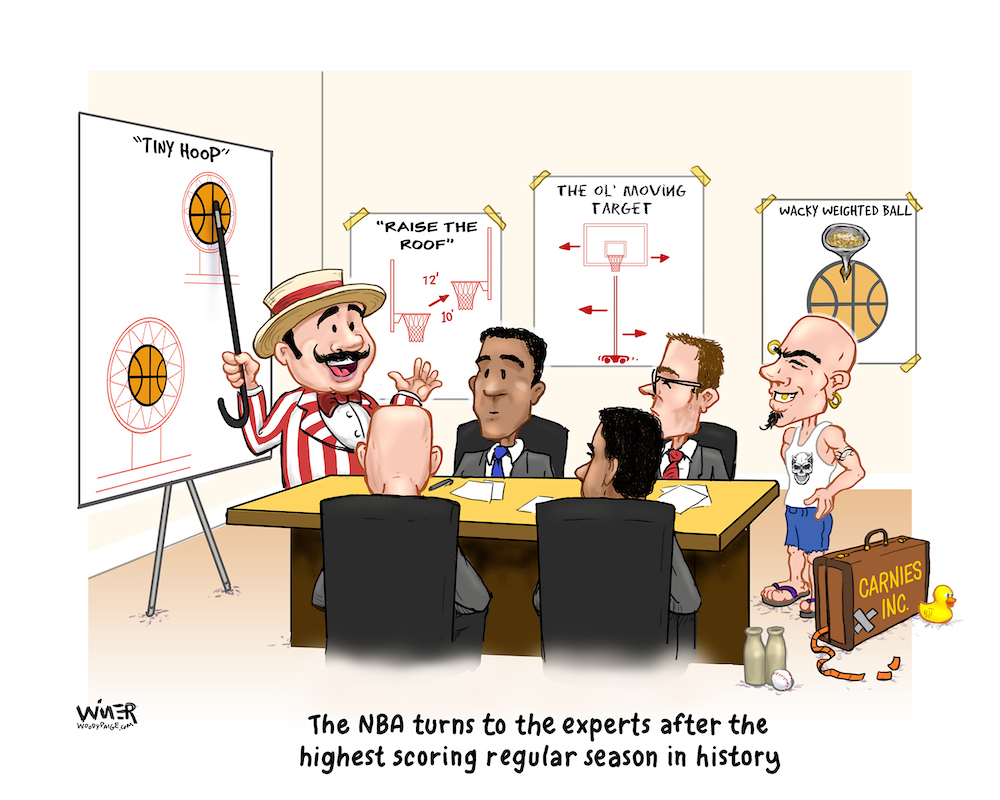There’s an old adage that says be careful when meeting your heroes. You’re bound to be disappointed.
Certainly that’s been true for many people. The opposite was true for me.
First, in the summer of 1986, one of my coaches with the Houston Astros, Denis Menke, introduced me to my childhood idol, Johnny Bench. It was the day before an old-timers game in the Astrodome as part of All-Star weekend. Johnny could not have treated me better. We talked for an hour or more about the Big Red Machine and baseball in general. Unprompted, he congratulated me on getting a win against the Phillies a couple days earlier. It was awesome. Better yet, the following season, after I’d been traded to Milwaukee, we repeated the meeting in Oakland prior to the very next old-timer’s All-Star game. He remembered our meeting a year earlier and we picked up where we left off. My interaction with my boyhood idol could not have gone any better.
While I began playing baseball at a very young age as a catcher, I morphed into a pitcher by the time I was a teenager, and a new baseball idol emerged for me: Tom Seaver. Tom Terrific. #41.
My first chance to meet Tom came in Milwaukee during the 1989 season when he was broadcasting games for the New York Yankees. His former teammate, John Stearns, was a Brewers advance scout at the time, and prior to batting practice one day, John arranged the meeting. The first thing Seaver noticed was that I was wearing his number. We talked for a long time about pitching, his book The Art of Pitching and what I could do to get better. I had devoured that book while riding buses in the minor leagues. I had read his account of the “Imperfect Game” in paperback. I knew that like me, Tom had majored in Journalism at the University of Southern California (USC.) For me, it was CSU (Colorado State.)
I was never going to BE Tom Seaver. While I tried many times to emulate his “drop and drive” delivery, we had different body types. I was taller and thinner than he was. His style didn’t work for me. We were different pitchers, but he had so much knowledge to impart. I was only hoping he could help me become the best me I could. He was happy to help.
Actually, I’d worn #41 in Seaver’s honor since my first days in the minor leagues. I wore it in Houston and ultimately when I landed it in Milwaukee, too. In fact, when standout big leaguer Jerry Reuss became a Brewer during the 1989 season, he asked our equipment manager if he could have the number he’d also worn most of his career. Protocol would insist that I hand it over to the established veteran. But something inside me wouldn’t let me. This was Seaver’s number. I had to keep it. Jerry (another great guy) understood.
In late August during the 1990 season, I was on a roll and we visited Yankee Stadium. I had great success against those Yankee teams (they weren’t the powerhouse they are today) and nothing was different this time out. I threw seven shutout innings in what turned out to be a 1-0 Brewers win.
The next day, as we gathered behind the batting cage on the big “NY” for team stretching, I felt a tap on my shoulder. It was Seaver. He motioned for me to step over to the side for a chat. I gladly followed.
“I noticed something last night that I didn’t want to mention on the air,” Seaver told me. “But every time you shook off a sign, you threw a fastball. You need to switch that up or the other team is going to pick that up.”
I nodded my head dutifully as we shook hands and I returned to stretching with my teammates. Later, I found an autographed copy of The Art of Pitching in my locker.
Think about it. Tom Seaver – the 12-time All-Star, three-time Cy Young award winner, winner of 311 major league games, first ballot Hall of Famer – didn’t have to take any time out of his day to help me. We weren’t even part of the same team. But for whatever reason, he did. It mattered to him.
It’s a moment that I have never ever forgotten.
It’s something that Tom probably forgot about as soon as we left town. Now, sadly, there are thousands of memories – almost all of them more important than that one – that he’ll never get back.
Seaver was diagnosed recently with Dementia. His life isn’t over by any means, but it will never be the same, either. His involvement with baseball (he was active with the Major League Baseball Players Alumni Association) is over and he’ll spend the rest of his days around his winery in northern California. His memories will fade. Our memories of him will live on forever.
A lot of time has passed since that 1990 season. When I first created an email address a few years ago, I included the number 41 in it. Same with my Twitter handle. Not because it was my number, because it was Tom’s.
Listen to Mark Knudson on Monday’s at 12:30 with Brady Hull on AM 1310 KFKA and on Saturday mornings on “Klahr and Kompany” on AM 1600 ESPN Denver. Follow Mark on Twitter @MarkKnudson41.

















An impressive share! I have just forwarded this onto a friend who
had been conducting a little research on this.
And he in fact ordered me dinner due to the fact that I discovered it for him…
lol. So let me reword this…. Thank YOU for the meal!! But yeah, thanx for spending time to talk about this issue here on your website.